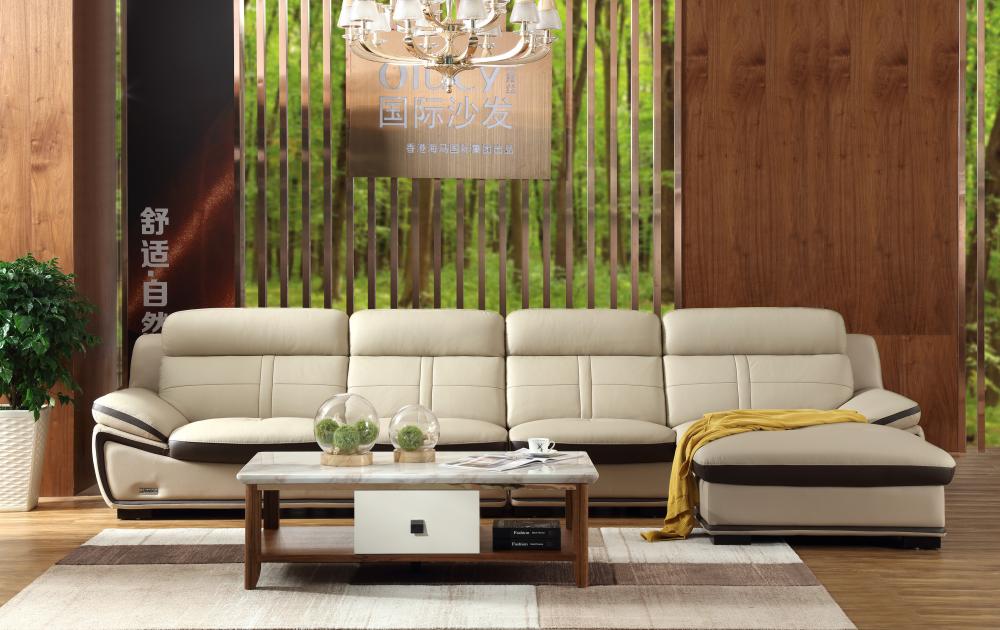Second, we must also shop around in the selection of flexible plates. Printing companies need to fully discuss these issues by working with several well-known plate-making companies on the use of media, the production of screen editions, the transition of levels, the increase in compensation for outlets, and the scaling of printing plates. Formulate standards and provide reference for daily production. This kind of data management is not only conducive to production, but also can control quality parameters, avoid man-made interference, and reduce production failures.
Again, due to the special nature of label printing, narrow-format flexographic printing equipment has prominent features relative to embossing and other types of flexographic printing equipment. The narrow-width flexographic printing equipment not only offers simple operation, print quality, and operating efficiency. High, and strong combination, which means that we can do more kinds of products and have more competitive strength.
Good equipment also needs correct operation and reasonable maintenance to make it work its best. In the use of narrow-width equipment, the biggest obstacle encountered is not a technical problem but a process problem.
1. Ink does not dry, easy to fall off
For the ink drying problem, the solution is to use a 9kW UV drying device that is easier and faster to dry than a 2kW lamp. The problem of ink falling off easily should be analyzed together with the ink supplier and raw material supplier. If the adhesion of the ink is not good, additives can be added. If the surface of the printing material has poor adsorption performance, corona treatment is required.
2. Static electricity
The problem of static electricity is a problem often encountered in production. In particular, when printing labels, it is necessary to install a complete set of static-free devices on the equipment, and strictly control the temperature and humidity of the workshop. Especially in the printing of in-mold labels and film-type label products, the effect of anti-static and dust removal printing is better.
3. Insufficient squeegee effect In the flexo printing process, the squeegee and the anilox roller are synchronously driven, and the knife wire is easy to appear. That is, there are traces of ink pulled out on the printed label, and the color is slightly shallower in the field than in the surrounding area. The color, then it is necessary to adjust the blade to the best angle. In the choice of scraper, the blade of the imported scraper is mostly burned and the scraping effect is better. The reason for the appearance of ink marks may be that the ink itself is prone to air bubbles, which is caused by the formation of marks on the anilox roller. In this case, it is necessary to appropriately add some additives.
4. Stick
Labels have ink bars, often gears on plate cylinders and impression cylinders, teeth that do not round, or impressions on plates, and the roller gears need to be replaced at this time.
5. Screen number
Judging from the number of printing screens, the maximum number of lines for offset and gravure is higher than that for flexographic printing. The ideal number of screens for flexographic printing is about 150 lines/inch. If the number of lines exceeds 175 lines/inch, the flexographic plate will increase. The difficulty of platemaking and printing, especially when the field and cable are on the same plate, the large amount of ink in the field may easily cause failures such as ink blocking of the anilox roller and shorten the life of the plate. In addition, in terms of network cable processing, flexographic printing is completely different from offset printing and gravure printing. Offset and gravure printing dots can be graduated to zero, while flexographic printing can only achieve a minimum of 2%.
The development of the label market has provided a development stage for flexographic printing technology. The improvement of flexographic printing quality, cost reduction, and process flexibility have promoted the development of the flexographic printing market. With the development of UV technology, enhanced awareness of environmental protection, and shortened equipment maintenance time, the degree of acceptance of UV flexographic printing technology by users has gradually increased.
Olucy sofa has two types of sofa, Genuine Leather Sofa and Fabric Sofa. As leisure and comfortable sofas, both types can fully support the curve of the human body, provide customers with strong comfort while sitting and also a stylish appearance. The sofa frames produced by Olucy Furniture Factory, with a simple but firm structure, are made of Russian pine wood which has high density and beautiful grain. The cushions are made of East Asia shaped sponge and spring packages, with good resilience and strong air permeability. They are durable and not easy to be deformed.
Image keywords: comfortable fabric sofa genuine leather sofa

Modern Sofa,Modern Leather Sofa,Modern Classic Sofa,Modern Fabric Sofa
SHENZHEN HAIMA FURNITURE MANUFACTORY , https://www.szolucy.com